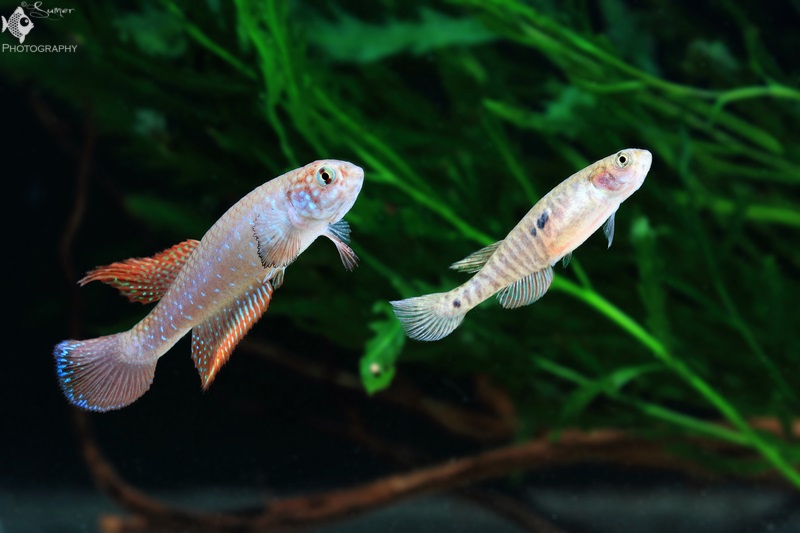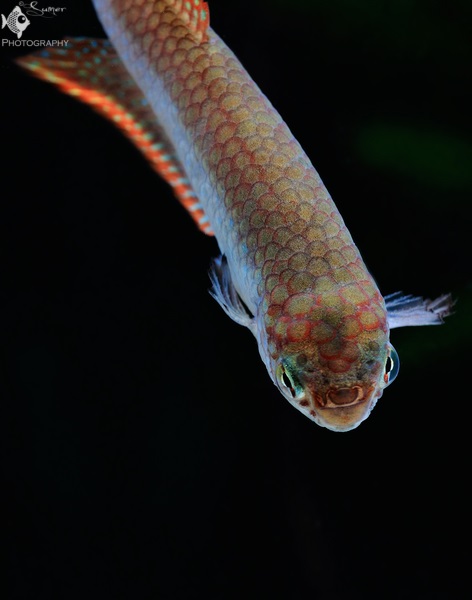Nature has made annual killifish very interesting. They die every year. Some killifish species have a life span of just a few months like this Nematolebias papilliferus from South America. Their natural habitat dries twice a year, which means that the species undergoes two complete life cycles in just a single year.
It is a fairly easy species that most beginners should start with if they want to try keeping peat spawning killifish. They have a beautiful way of spawning where the male and the female go inside the peat moss; it’s very interesting to watch. They like normal soft tropical water parameters. Slightly acidic pH, temperature between 73-78F and soft water is ideal for them. Adding plants in the tank also help them feel secure. A 5-10G tank for a trio (one male and two females) is not a bad choice if you have good biological filtration and perform 20-30% water change every week or so.
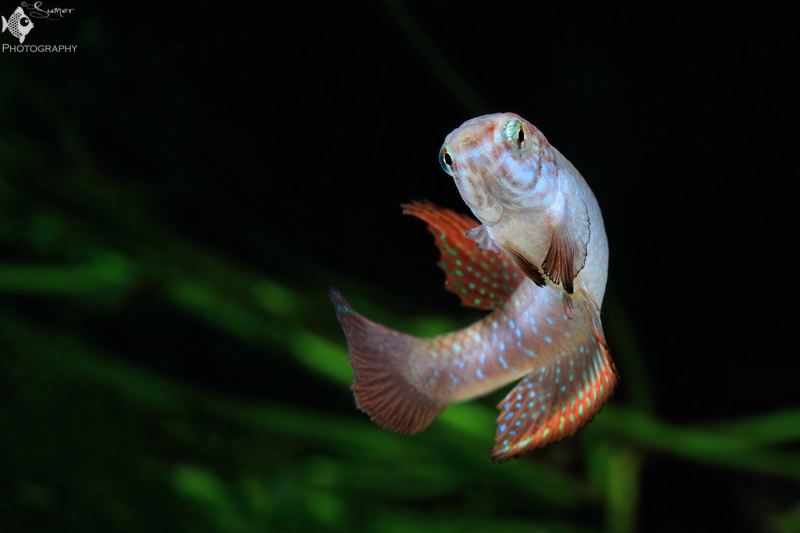
Males are very swift while swimming. They can swim left and right around the females very fast to bring them to the breeding site.
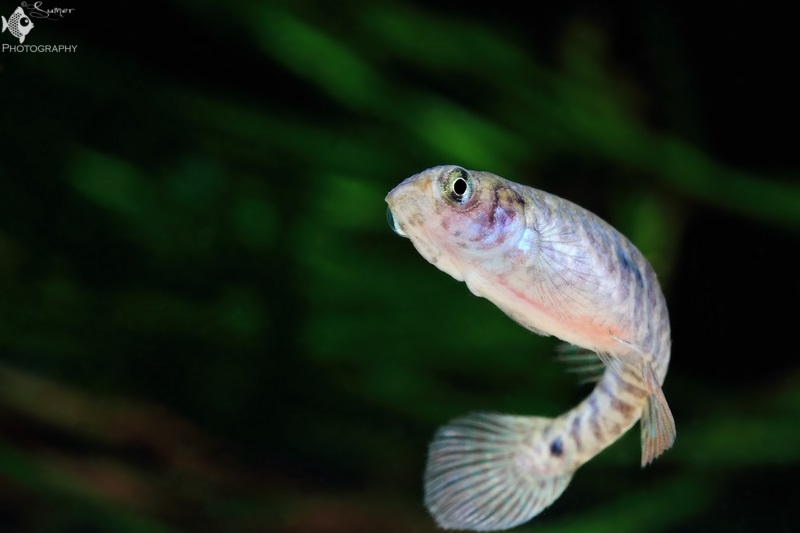
Females, like most other killifish species, don’t have bright colors. Females can sometimes bully the male to spawn. It’s always a good idea to have some plants to break the direct eye contact between the fish.
Their short life cycle also means that they grow very fast. You can observe eclosion, that is the larvae emerging form their eggs, as early as 10 minutes after wetting the eggs. Within 20-30 days, the new generation of killifish is almost to adulthood and ready to breed. Free swimming fry can be fed BBS (Baby Brine Shrimp) immediately. I also give them grindal worms just to add variety.
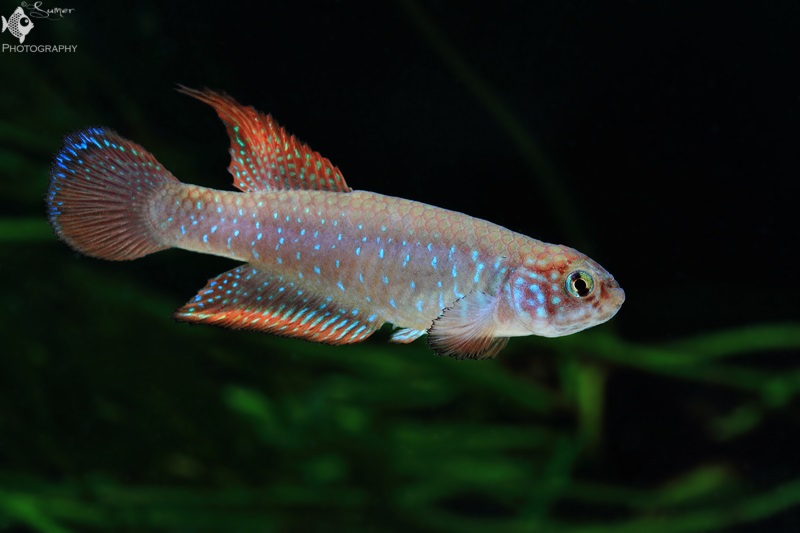
Because of their short life span, their metabolism is very fast. They need a lot of food to keep going strong. I feed them twice a day with live blackworms and adult brine shrimps.
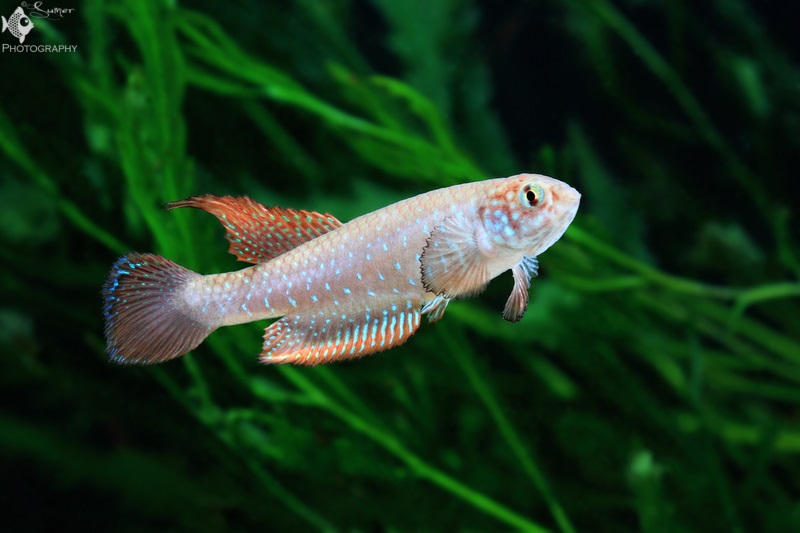
It is better to have some kind of biological filtration available in the tank to take care of the waste.
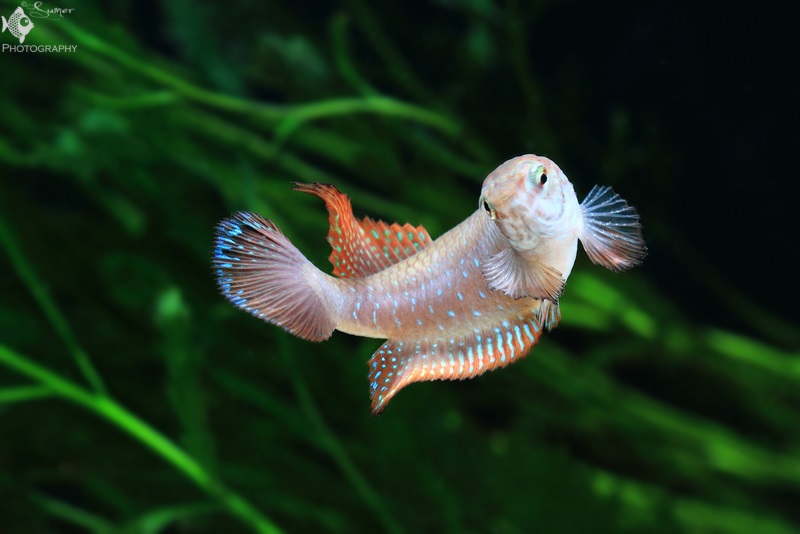
Males are usually very aggressive. They love to defend their territory. Place a mirror by the tank and see him show his aggressive side just like bettas.
This species isn’t picky about where they place their eggs. All you need is some peat moss (or coco fiber) or a breeding mop. Once they are done breeding, you can take out the peat and store it for 2 months (if it’s summer) or 3 months (if it’s winter).
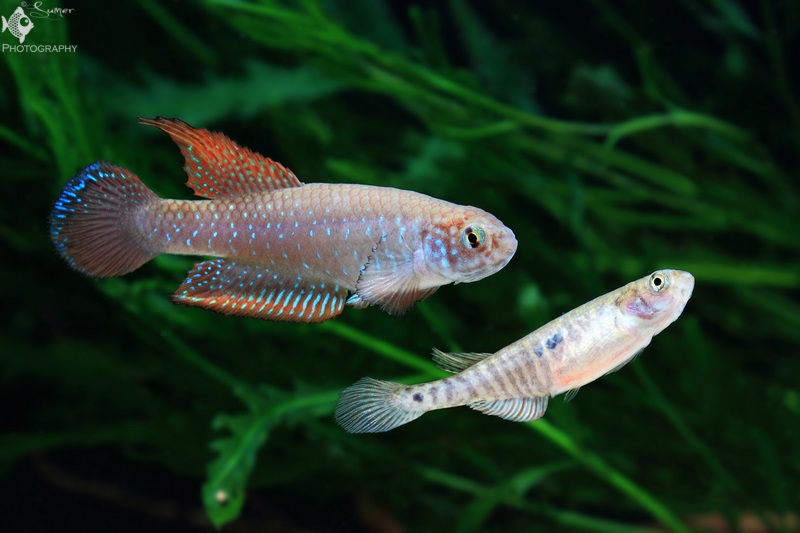
These are often confused with Nematolebias whitei which is very similar is appearance but lacks some bright colors on the body.
Here’s a video of them breeding. The video displays their spawning ritual in ascending order. First swimming together, then courtship behavior, then male inviting female to the breeding site and then finally the spawning process:
Let me know how like the photos and the video. Have you kept this species before? Please share your questions or experiences in the comments below.
-Sumer

